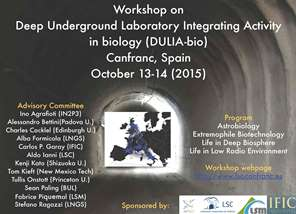Description
My research group uses the fruit fly, Drosophila melanogaster, to study genetics and metabolism and with a particular focus on stress responses and genetic variability. We have recently become interested in the metabolic effects of working deep underground.
The fruit fly, one of the best model species for over a century, is also a very good model for other aspects of biology, including physiology and metabolism. Small with a short lifespan, the species shares most of its genes, biochemistry, and metabolism, with humans. For the last 3 years, my research has been developing the fruit fly as a system for metabolomic, the combination and interactions of the 1000s of small metabolites (biomolecules such as sugars, lipids, and amino acids), studies. Recently, we have begun a project quantifying the metabolomic effects of deep mining, using SNOLAB as a test facility, to understand how humans respond to working deep underground. The project is ongoing, but initial results are exciting with approximately 10% of metabolites changing from a single trip underground. Ultimately, this research will help us better understand how our bodies respond to changes in pressure and point the way to simple methods, such as changes in diet, that could help limit the harmful long-term consequences of working deep underground.




